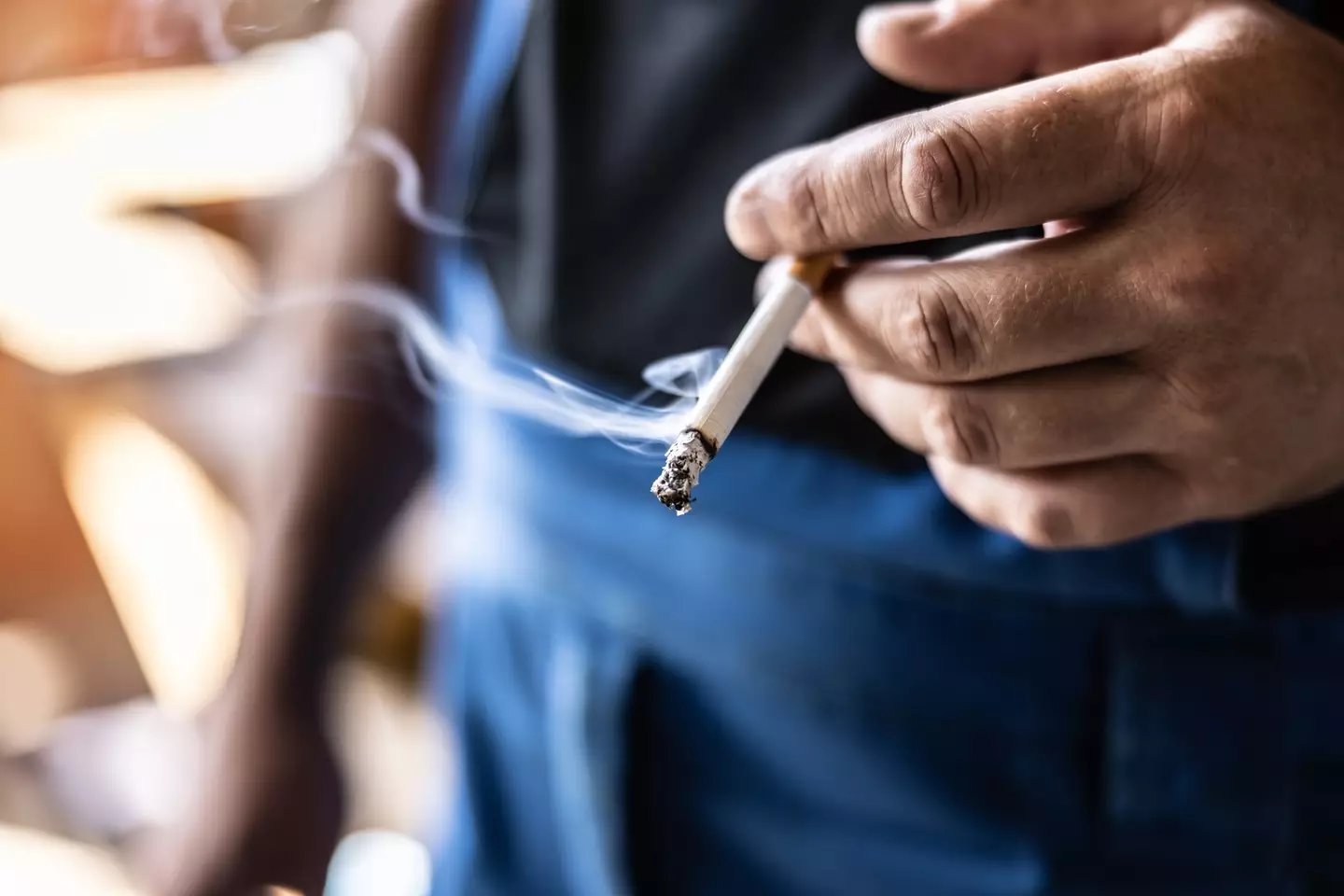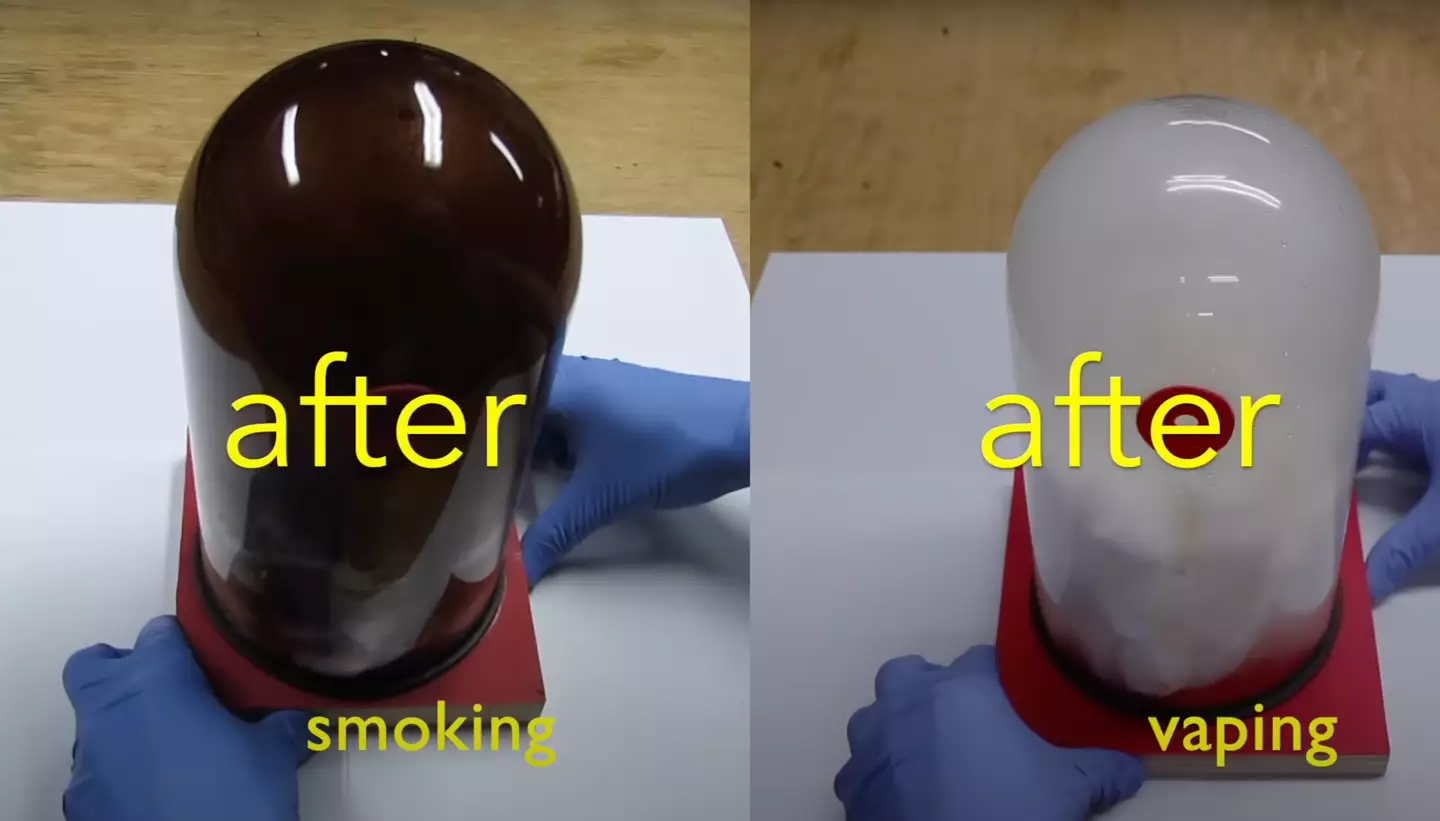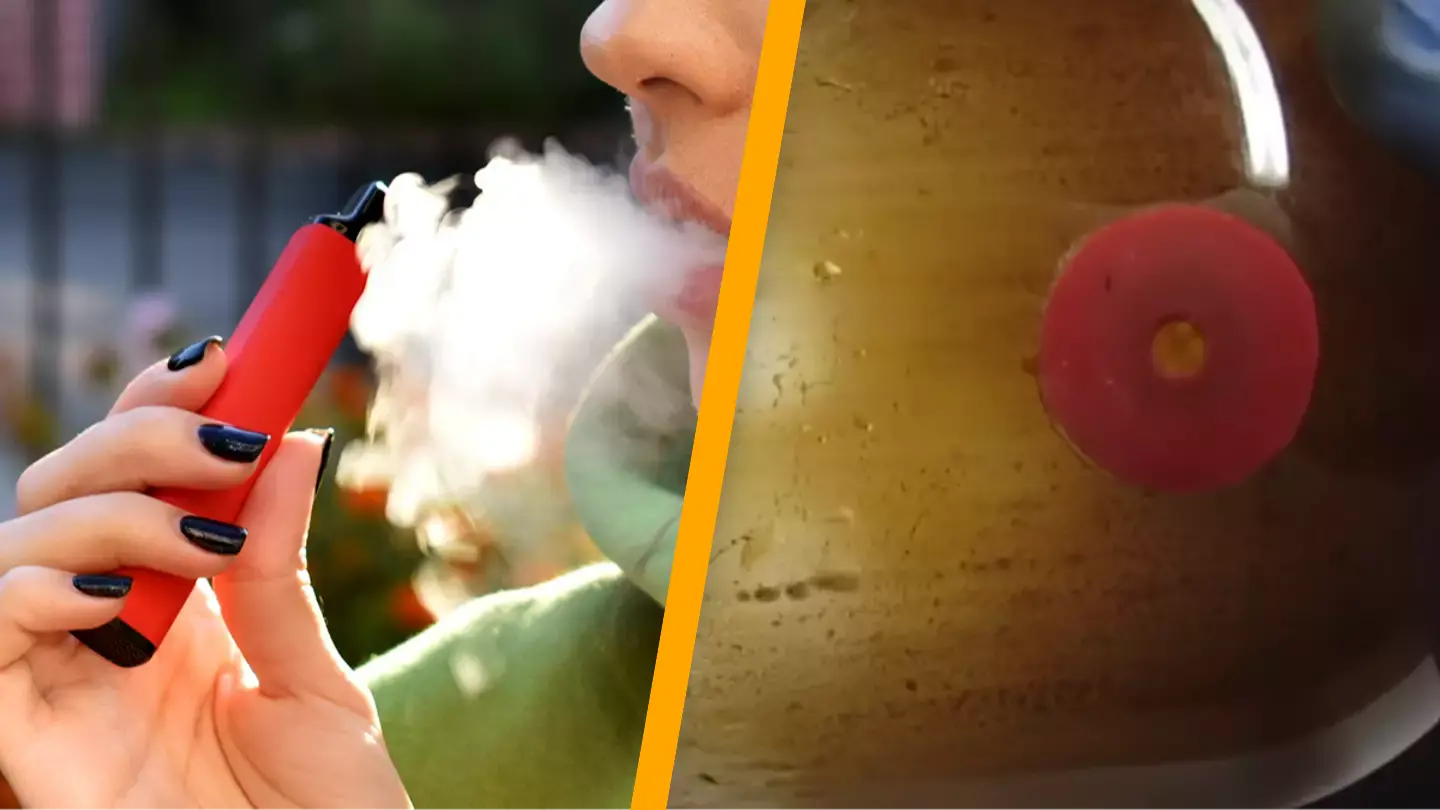If you’re a smoker or considering starting to use cigarettes or vapes, a startling experiment might deter you from continuing down that path.
Smoking originated thousands of years ago in Mesoamerica and South America, a region historically known as the southern US and Central America.
However, it wasn’t introduced to Eurasia and became widely traded until the late 17th century.

Our ancestors were unaware of the harmful effects of smoking, but today we are fully aware of the severe health risks associated with tobacco addiction. Despite this knowledge, many individuals continue to smoke. I can relate, having started smoking at eighteen despite knowing the risks, but I managed to quit four years later.
Recently, YouTuber Chris Notap conducted an experiment to illustrate the alarming effects of vaping and smoking.
He purchased two glass jars with a front hole, filled them with cotton balls, and placed them on felt-covered machines that simulated breathing, to test the impact of smoking cigarettes and vaping.
After conducting the experiment, he concluded, “There’s only one thing that should be going in your lungs, and that’s air.”
A timelapse quickly demonstrated that cigarettes left a sticky brown residue inside the jar, while vaping resulted in white clouds.
Notap elaborated that the experiment simulated an entire month of smoking and vaping but was completed in just three days before all cigarettes and vape liquid were consumed.
At the conclusion of the test, he showcased the substances entering the lungs.
He disassembled the setup and emptied the cotton balls to highlight the remnants that smoking and vaping leave behind.

The results were clear: smoking left a thick, brown residue inside the jar, indicating the harmful effects of tobacco.
Notap noted that vaping should only serve as a means to quit nicotine, emphasizing that “anything you put in your lungs is bad for you” and warning that it is not suitable for children.
The NHS, the UK’s publicly funded healthcare system, concurs, saying, “While vaping is substantially less harmful than smoking, it is unlikely to be totally harmless.”

